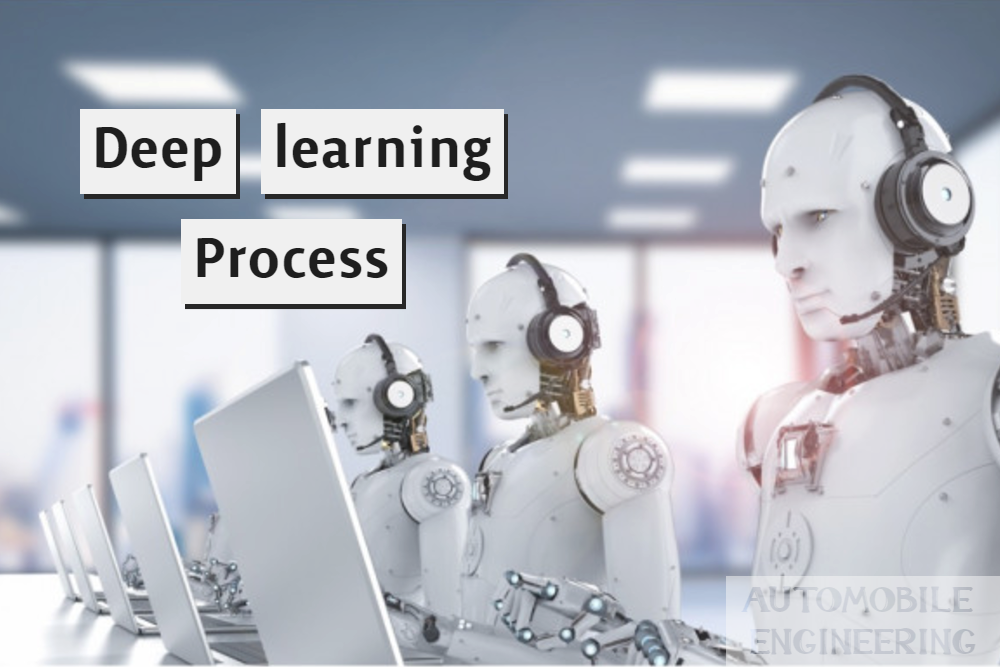A deep neural network provides state-of-the-art accuracy in many tasks, from object detection to speech recognition. They can learn automatically, without predefined knowledge explicitly coded by the programmers.

To grasp the idea of deep learning, imagine a family, with an infant and parents. The toddler points objects with his little finger and always says the word ‘cat.’ As its parents are concerned about his education, they keep telling him ‘Yes, that is a cat’ or ‘No, that is not a cat.’ The infant persists in pointing objects but becomes more accurate with ‘cats.’ The little kid, deep down, does not know why he can say it is a cat or not. He has just learned how to hierarchies complex features coming up with a cat by looking at the pet overall and continue to focus on details such as the tails or the nose before to make up his mind.
A neural network works quite the same. Each layer represents a deeper level of knowledge, i.e., the hierarchy of knowledge. A neural network with four layers will learn more complex feature than with that with two layers.
The learning occurs in two phases.
- The first phase consists of applying a nonlinear transformation of the input and create a statistical model as output.
- The second phase aims at improving the model with a mathematical method known as derivative.
The neural network repeats these two phases hundreds to thousands of time until it has reached a tolerable level of accuracy. The repeat of this two-phase is called an iteration.
To give an example, take a look at the motion below, the model is trying to learn how to dance. After 10 minutes of training, the model does not know how to dance, and it looks like a scribble.

After 48 hours of learning, the computer masters the art of dancing.

Classification of Neural Networks
Shallow neural network: The Shallow neural network has only one hidden layer between the input and output.
Deep neural network: Deep neural networks have more than one layer. For instance, Google LeNet model for image recognition counts 22 layers.
Nowadays, deep learning is used in many ways like a driverless car, mobile phone, Google Search Engine, Fraud detection, TV, and so on.
Types of Deep Learning Networks

Feed-forward neural networks
The simplest type of artificial neural network. With this type of architecture, information flows in only one direction, forward. It means, the information’s flows starts at the input layer, goes to the “hidden” layers, and end at the output layer. The network does not have a loop. Information stops at the output layers.
Recurrent neural networks (RNNs)
RNN is a multi-layered neural network that can store information in context nodes, allowing it to learn data sequences and output a number or another sequence. In simple words it an Artificial neural networks whose connections between neurons include loops. RNNs are well suited for processing sequences of inputs.

Example, if the task is to predict the next word in the sentence “Do you want a…………?
- The RNN neurons will receive a signal that point to the start of the sentence.
- The network receives the word “Do” as an input and produces a vector of the number. This vector is fed back to the neuron to provide a memory to the network. This stage helps the network to remember it received “Do” and it received it in the first position.
- The network will similarly proceed to the next words. It takes the word “you” and “want.” The state of the neurons is updated upon receiving each word.
- The final stage occurs after receiving the word “a.” The neural network will provide a probability for each English word that can be used to complete the sentence. A well-trained RNN probably assigns a high probability to “café,” “drink,” “burger,” etc.
Common uses of RNN
- Help securities traders to generate analytic reports
- Detect abnormalities in the contract of financial statement
- Detect fraudulent credit-card transaction
- Provide a caption for images
- Power chatbots
- The standard uses of RNN occur when the practitioners are working with time-series data or sequences (e.g., audio recordings or text).


